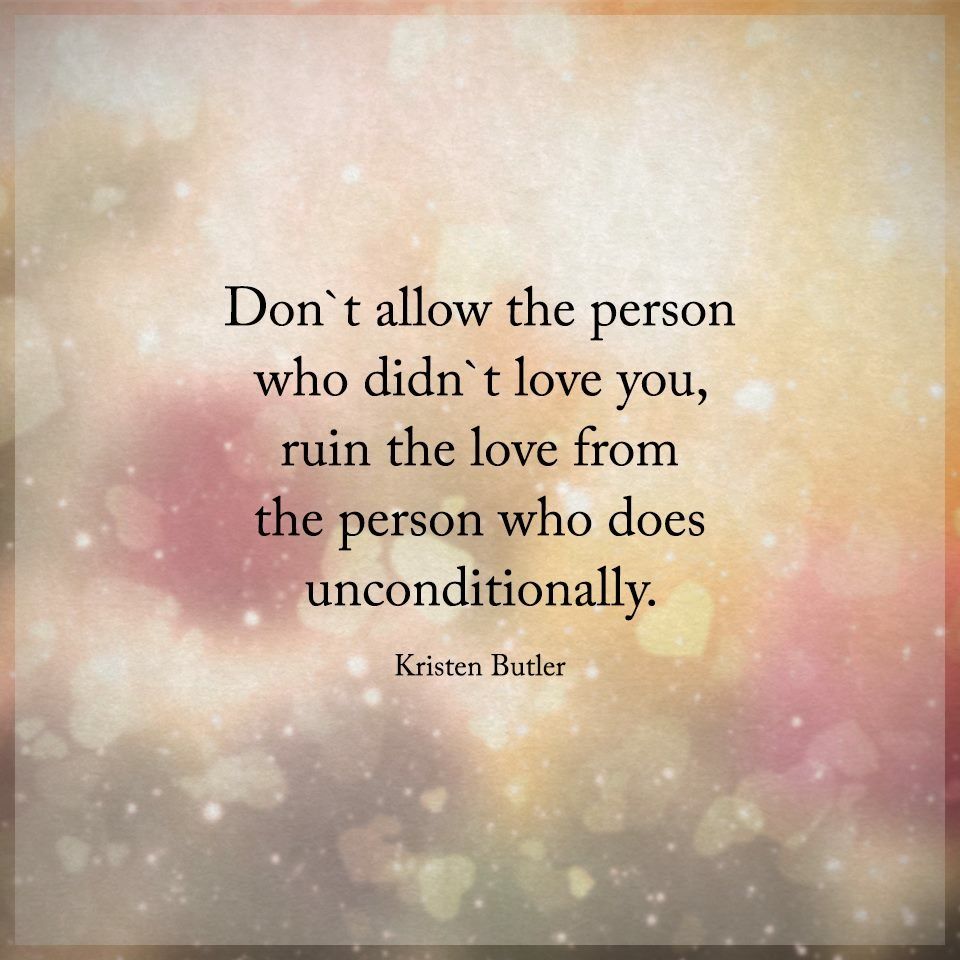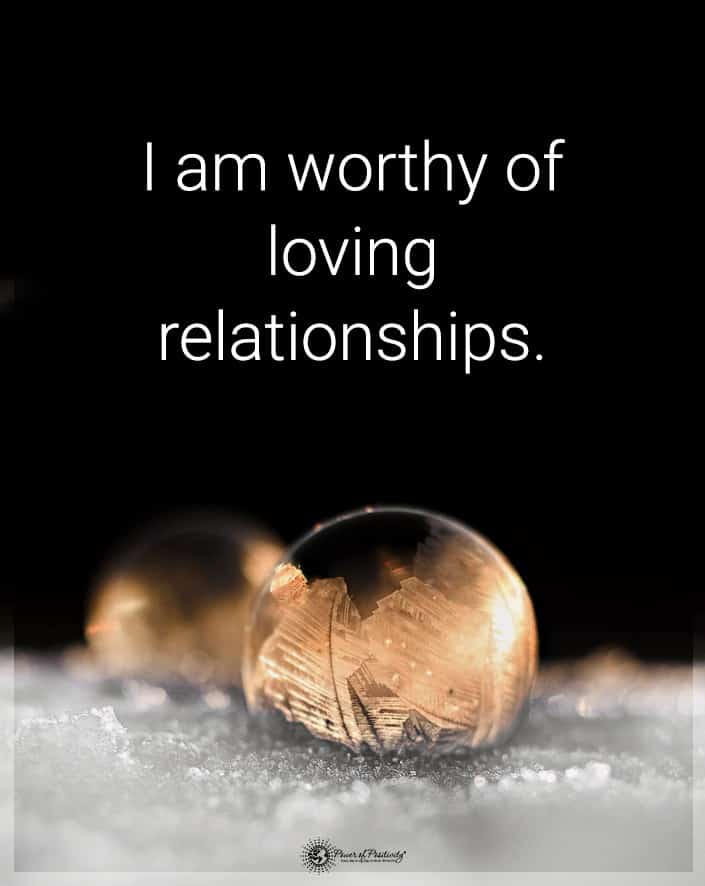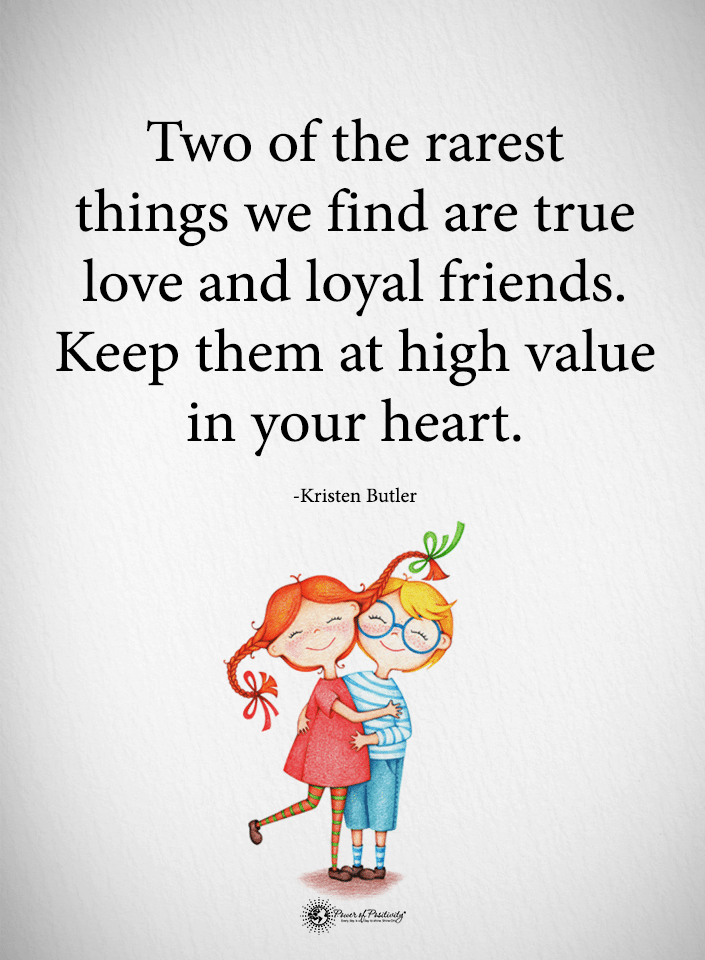Disclaimer: This article has no intention of being negative in any way, shape, or form. We, at Power of Positivity, would like to help people become aware of things that may impact them in a negative manner so that they can live their life with a smile on their faces–even when confronting a cheater.
“I have no faith in human perfectability. I think that human exertion will have no appreciable effect on humanity. Man is now more active – not more happy – nor more wise, than he was 6000 years ago.” – Edgar Allan Poe
We are sorry if you are going through the suspicion that your partner might be cheating. It is something many, if not most of us go through at some point.
You have put your heart and soul into a relationship you thought was worthwhile. Unfortunately, something feels off in the relationship and you need to know for sure whether Trixie/Trevor is doing the dirty on you (or you already know but need nailed-on evidence to put in front of your partner’s face to have partner bang to rights.) As you know, cheating can be physical or emotional or both.
Nothing that a cheater does is fair or right, but you could get the famous word “paranoid” if you just blurt it out without proof, and it just lets the cheater know to be more diligent in their deception. Even if you have the evidence in front of their eyes, your research might still be met with denial or possible violence.
These are the five ways to catch a cheater:
1. Check their phone and/or computer.
In this day and age, technology reigns supreme and has made it easier to cheat than ever before. The good news is it has also made it easier to catch someone two-timing, if they do not have a password or you know what it is.
As the cellular/mobile telephone is what is hot right now, check all call logs, pictures, internet browser history, all messaging services used, and also watch out if your other half uses “incognito” frequently as it does not show in the browser history. That is not to say that the work laptop is off limits; it could be the very point where the filth is taking place.
2. Use built-in apps.
The iPhone has this built into the phone so that you can find the device easily, however you can use it to know exactly where your life partner is at all times. Are they really working late or is it a pretext to stay out of the house to do who knows what?
Once this is in place, all you have to do is find that location yourself and, if necessary, go there. This leads onto the next point perfectly.
3. Surprise visits or finish work early.
Be warned; this is where you really know what is going on in Trixie/Trevor’s life. Is Trixie being tricky intentionally? Is Trevor forever in the office like he says he is? If nothing bad is happening, your life partner will be glad to see you but be swamped with work.
Of course, the worst-case scenario is that you find them in a bar or hotel room with someone else after having lied to you. If your other half does not work, taking half a day off or going home early is a good way of separating the stories from the facts.
4. Check for suspicious receipts.
If your dearly beloved is cheating on you, a paper trail is always likely. This could be anything from receipts from a hotel or pharmacy (for condoms or the pill) to lingerie or a weekend away, justifying it as “a business trip” or “training, and only employees can attend”.
These receipts can be lying around in the glove compartment of the car or in some kind of pocket or handbag, left forgetfully after a rendezvous or tryst.
5. Hire a Private Investigator (PI) to help catch a cheater
If you find nothing but are still sure that something is happening behind your back or if being a super sleuth is simply not your forte, hiring a PI is a great solution. Furthermore, these people are neutral in their opinions so you will not get any emotion or the PI taking sides; you will only get the cold, hard facts.
Remember that, just like the erudite Edgar Allan Poe suggests, no one is perfect or happier or wiser than our ancient counterparts, just busier.
So if your significant other is getting busy, get busy yourself by proving it and stop the horrendous humiliation and crass mickey-taking at your expense.















